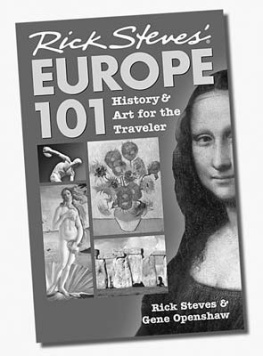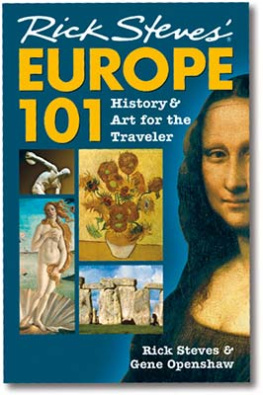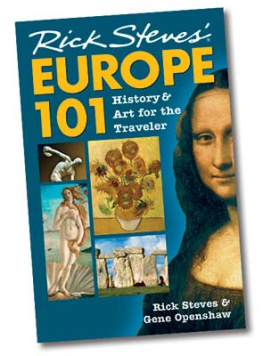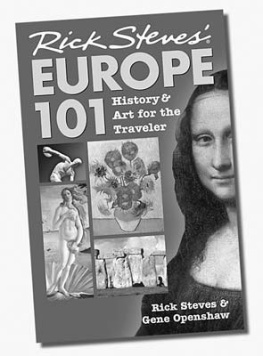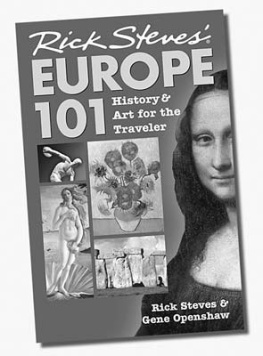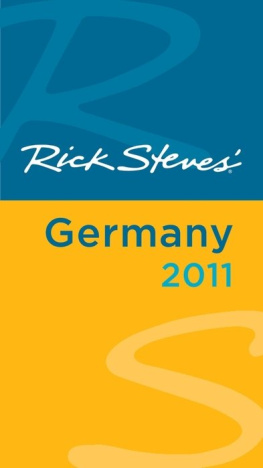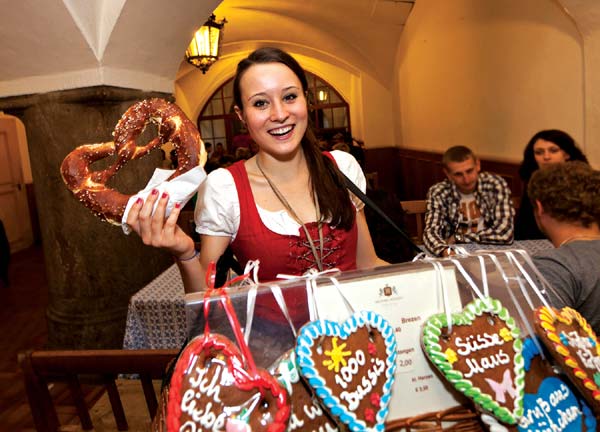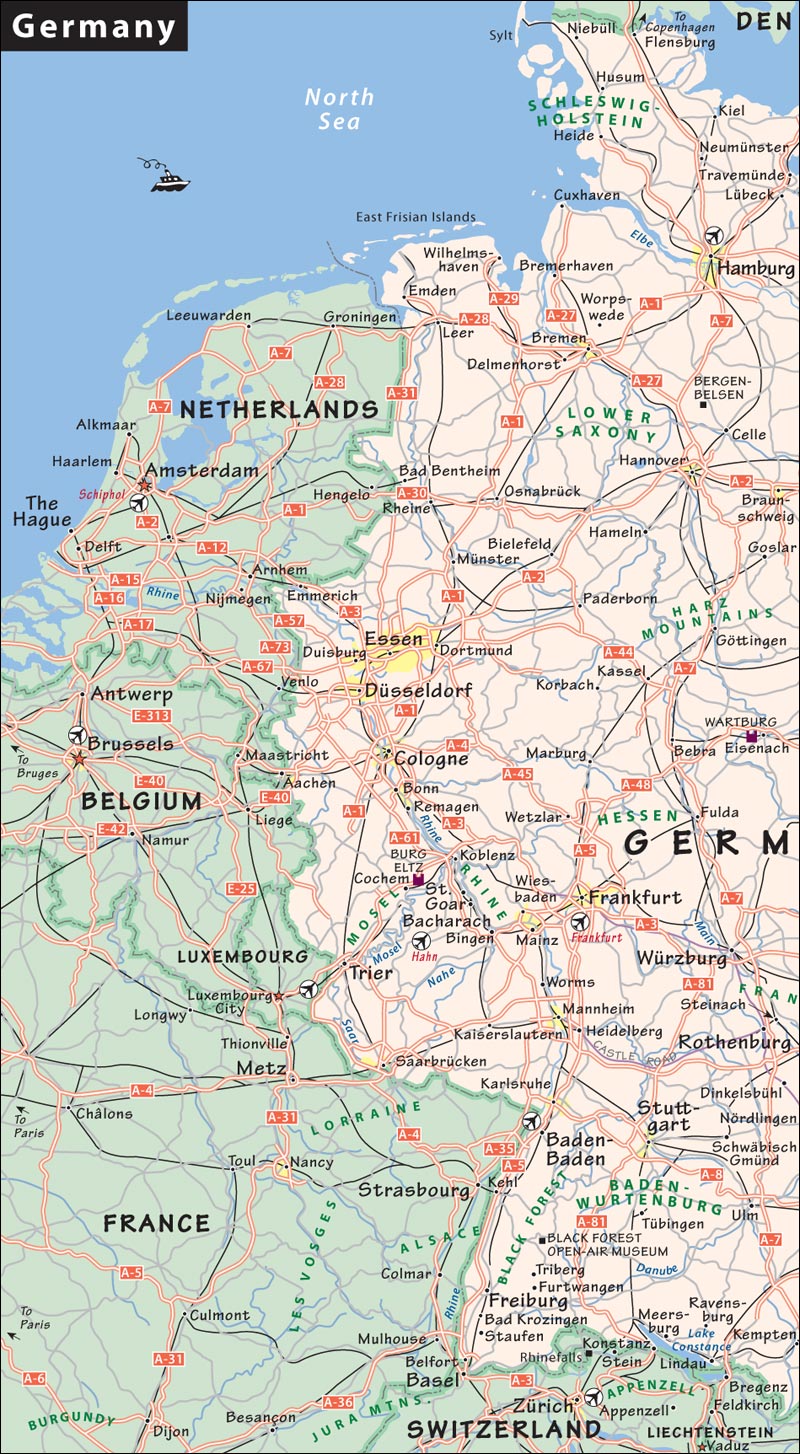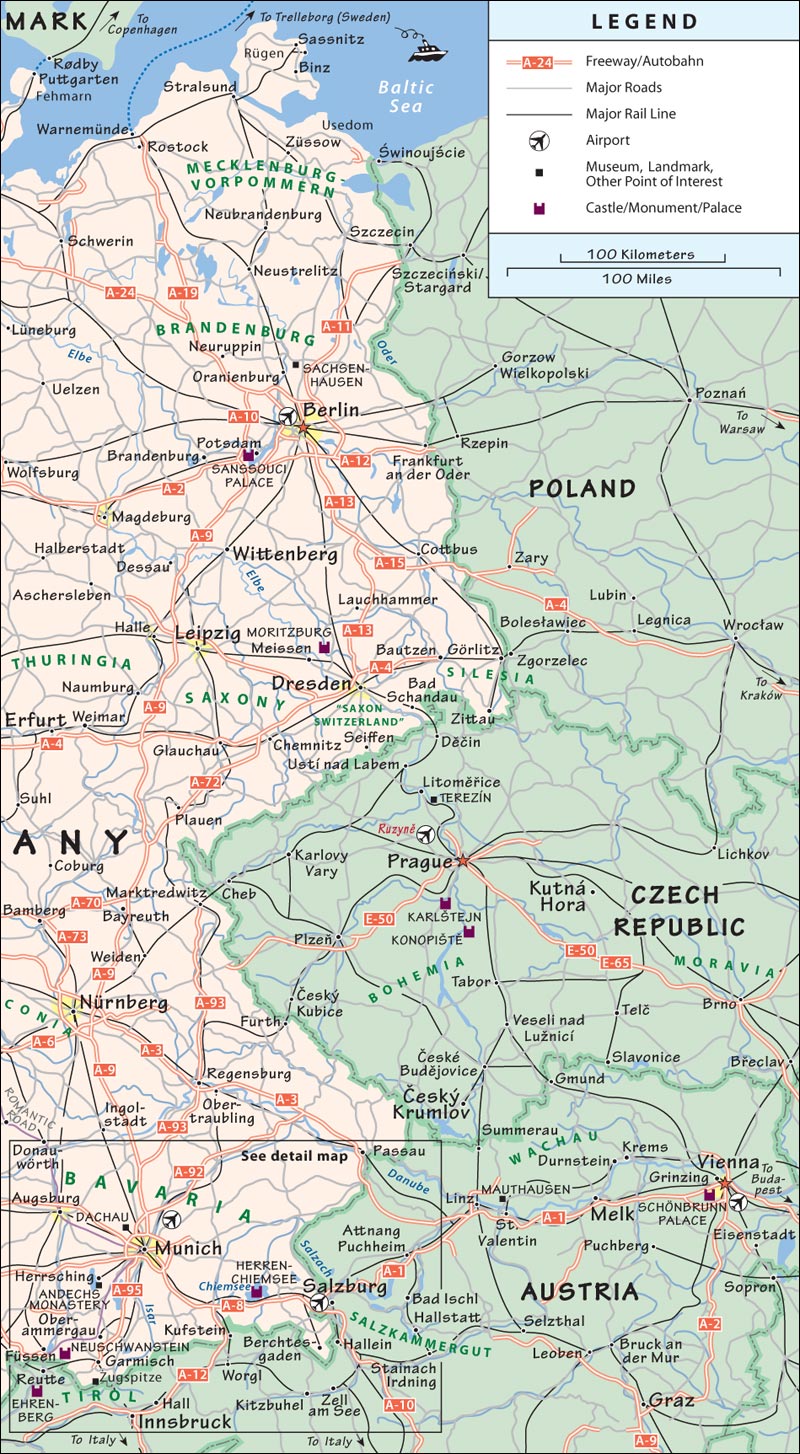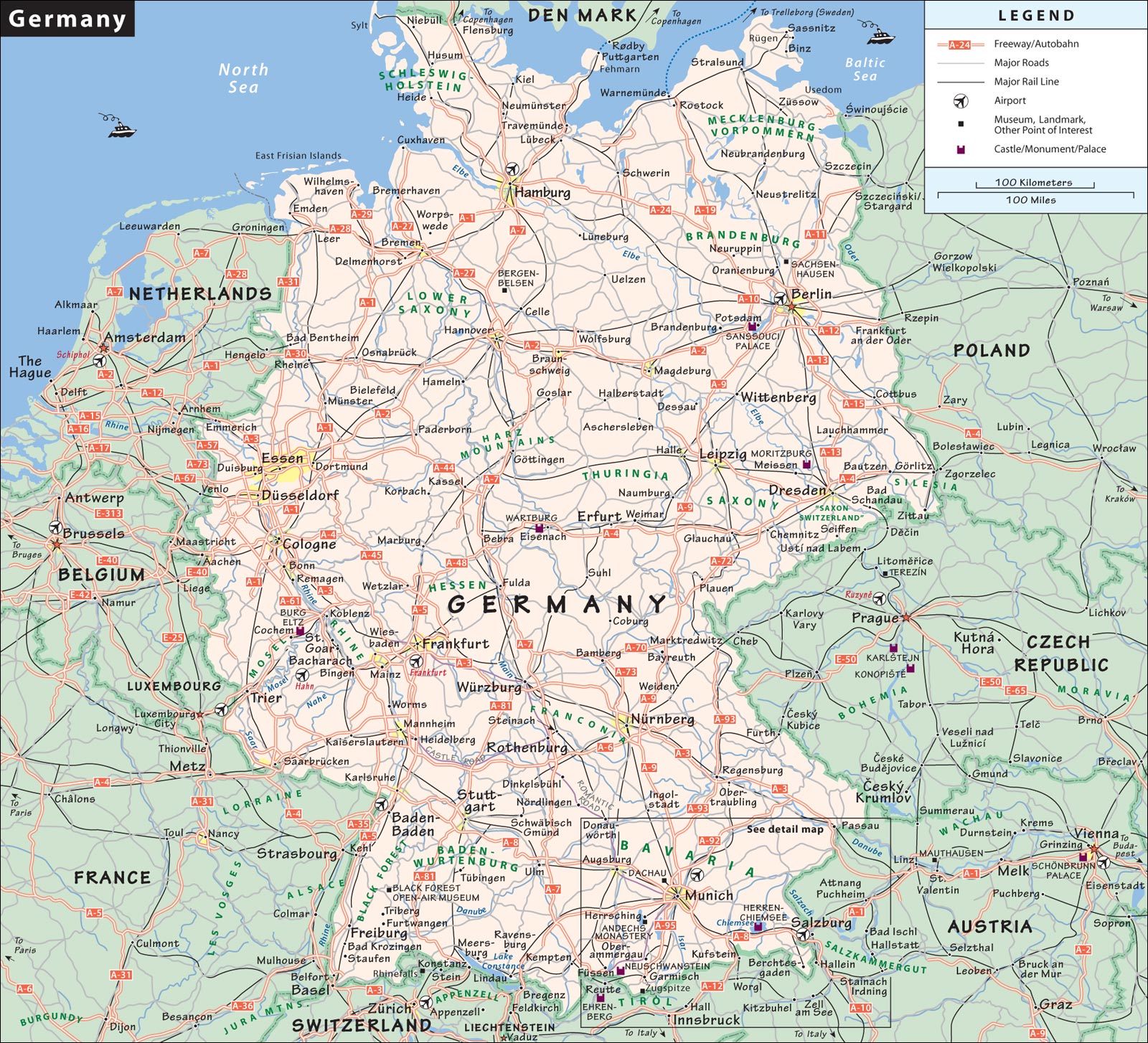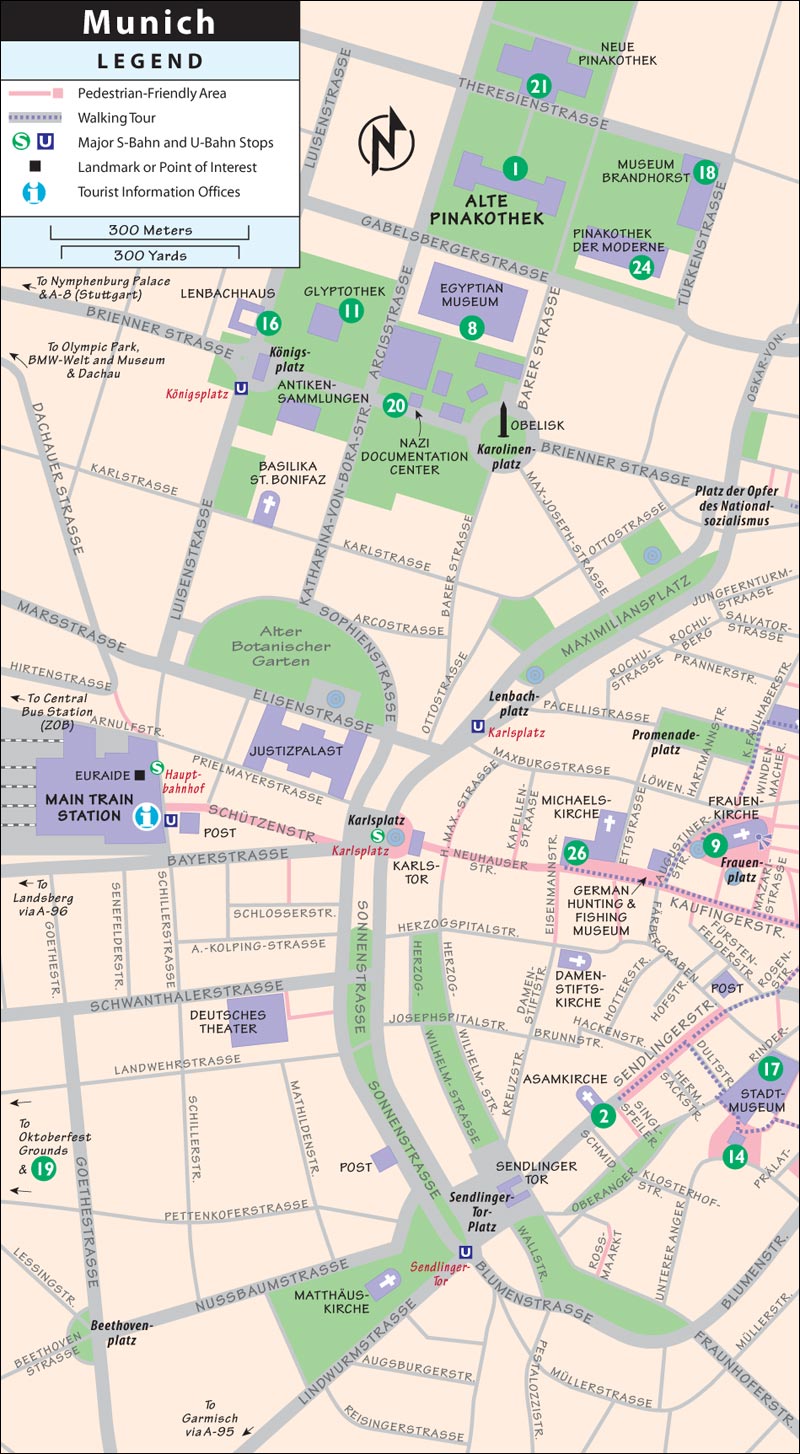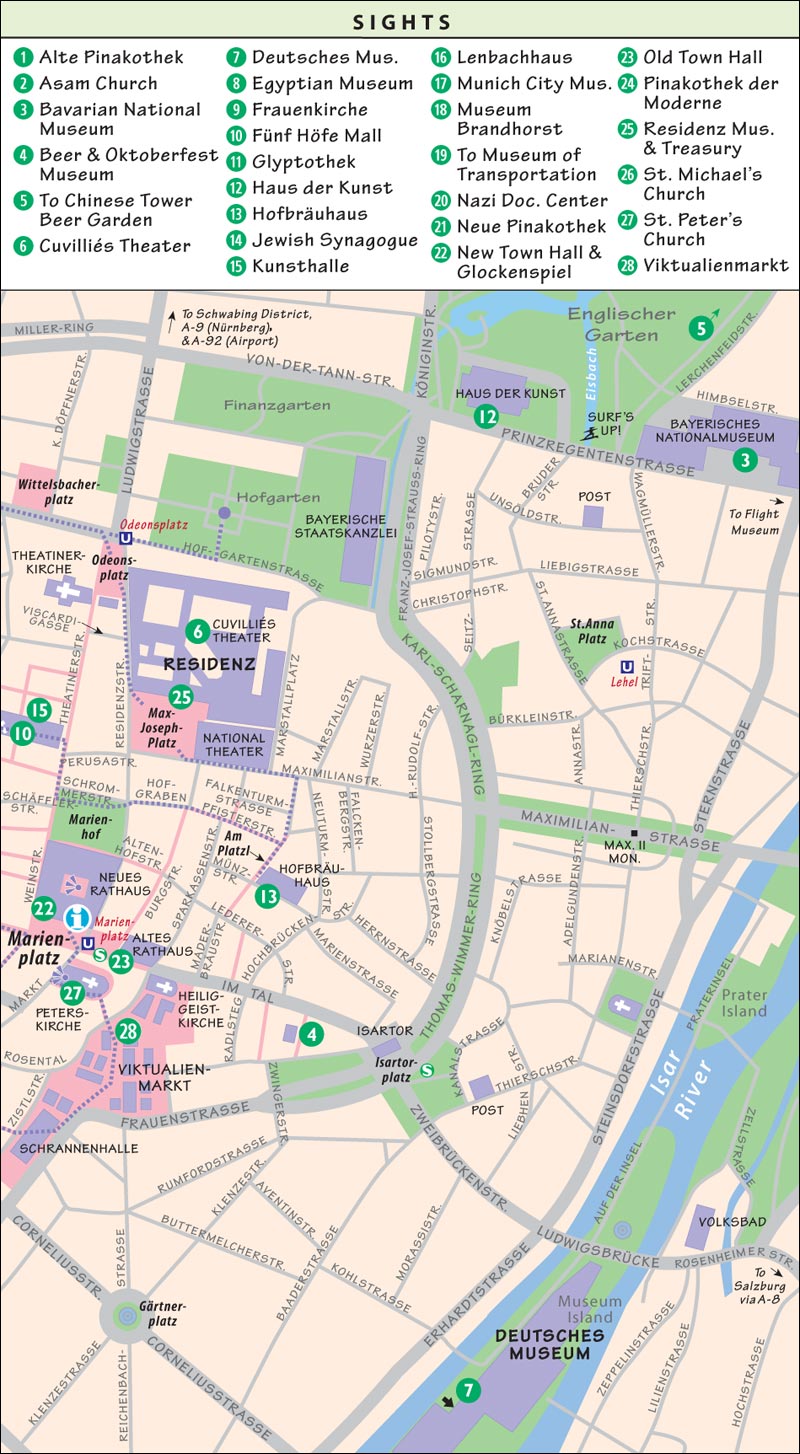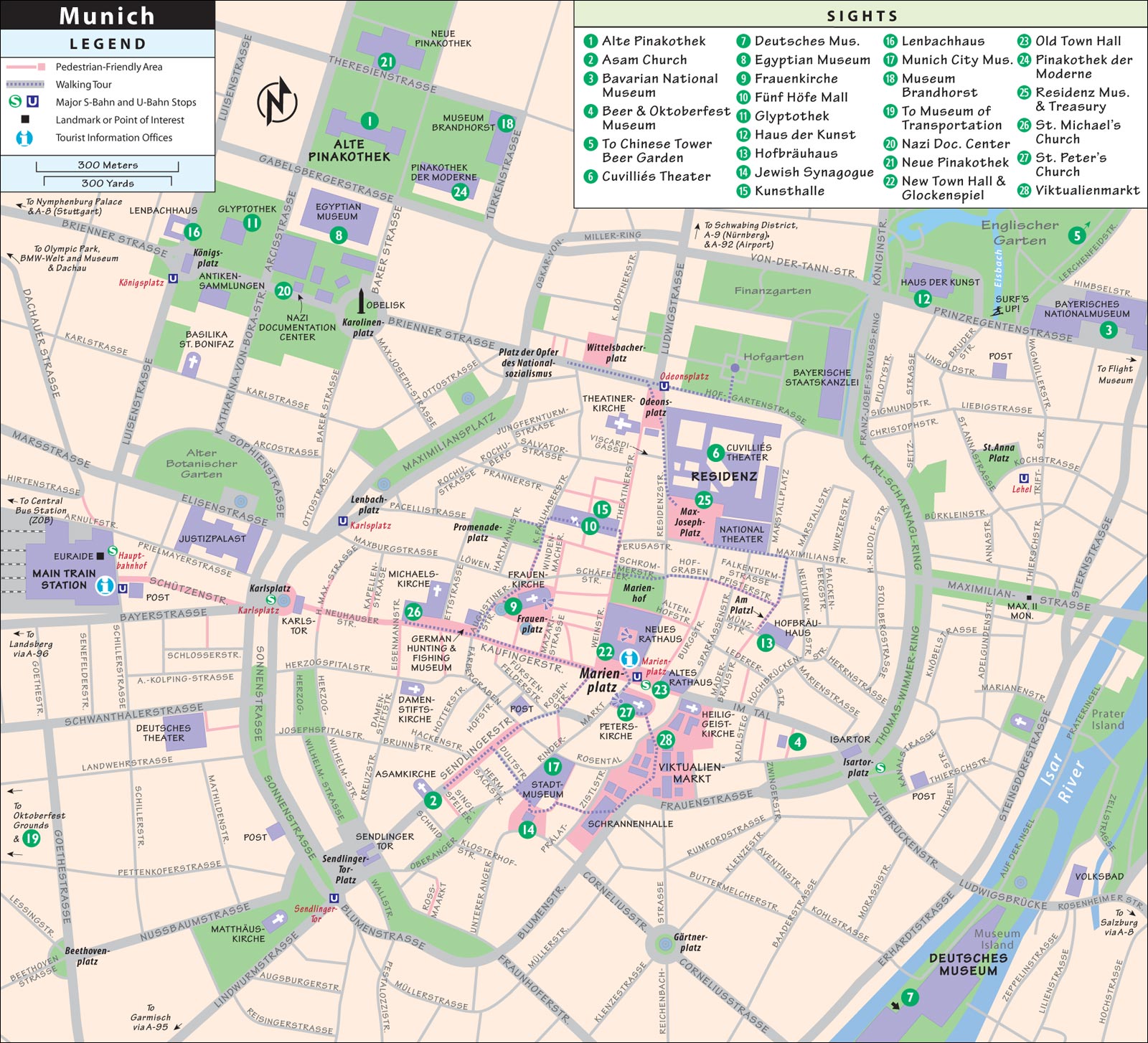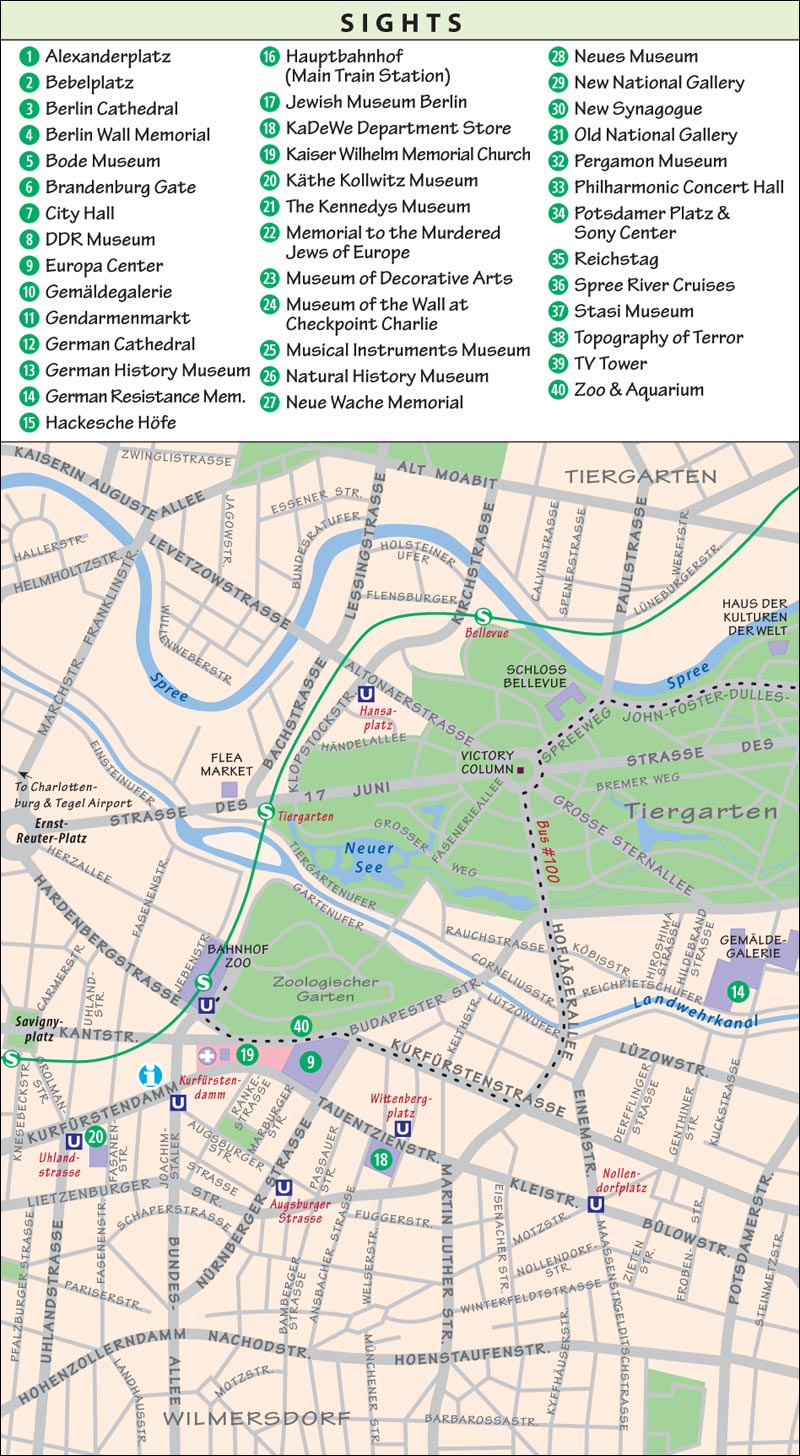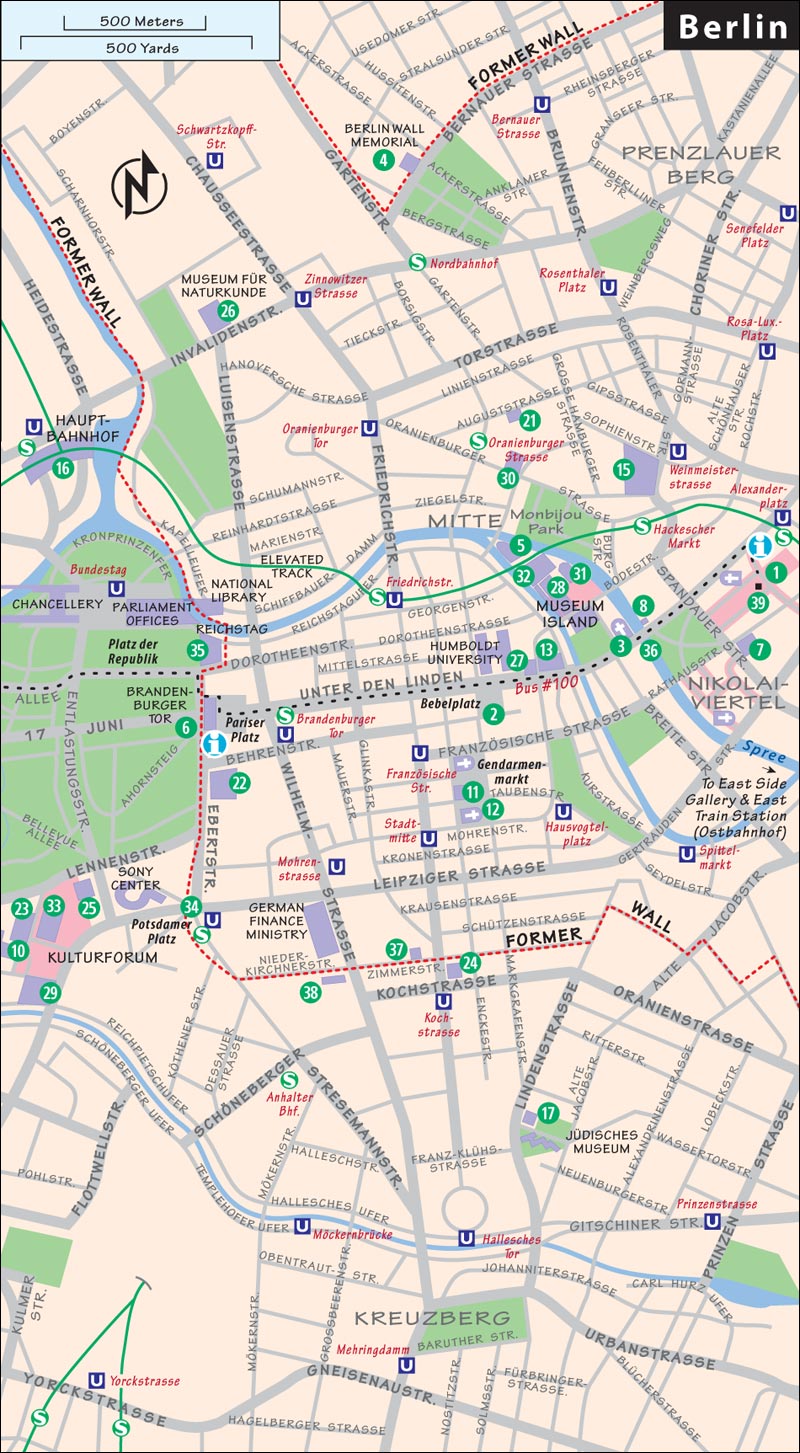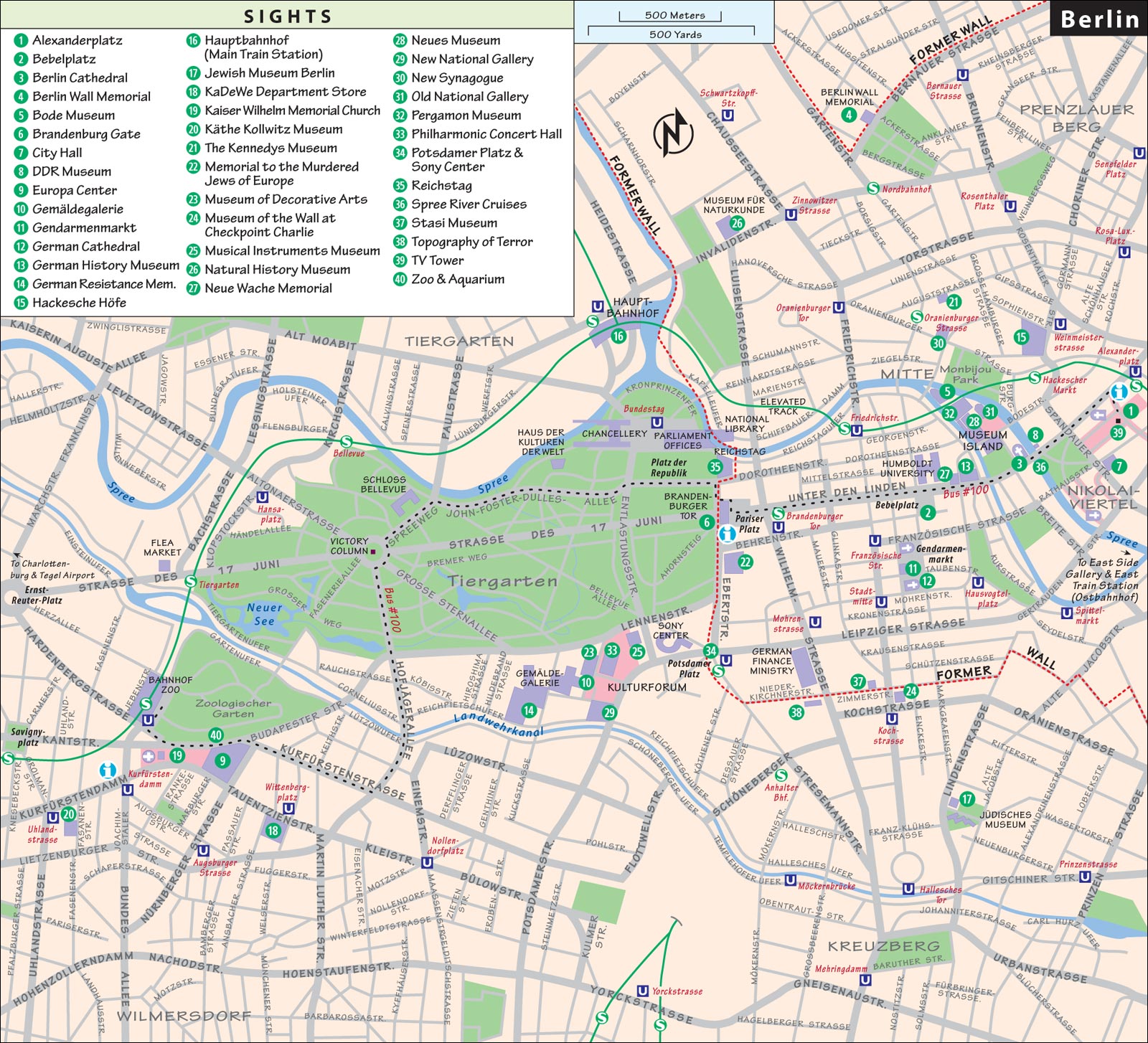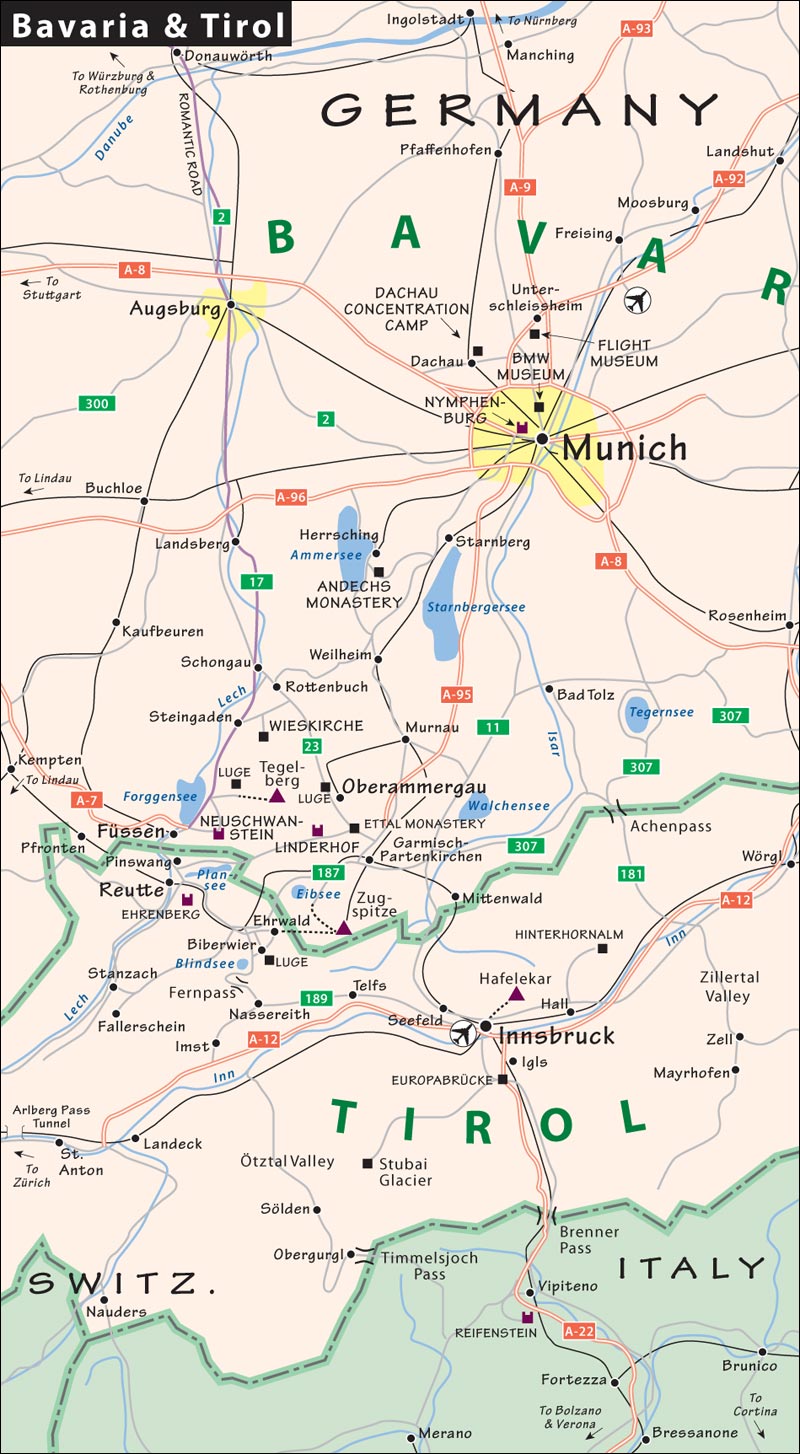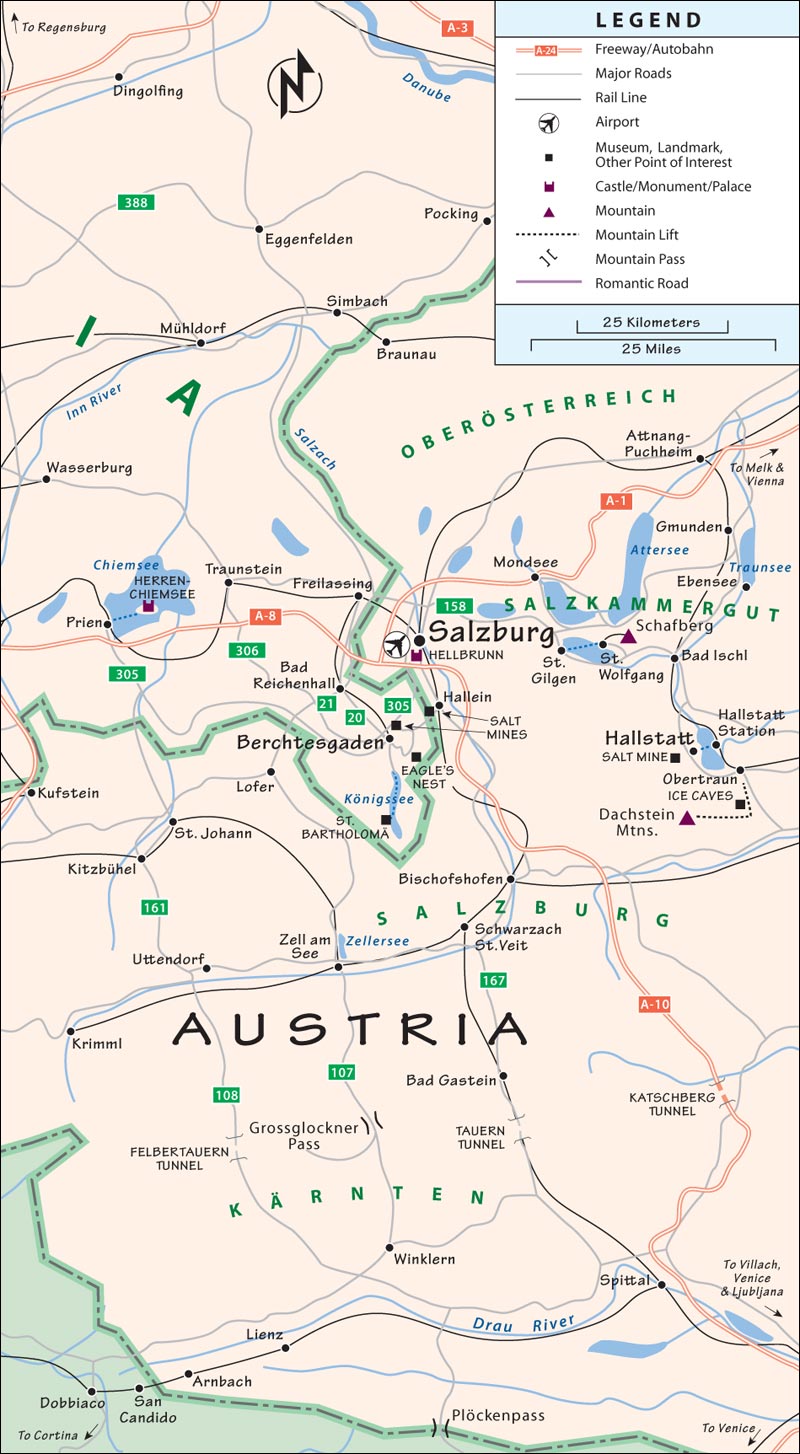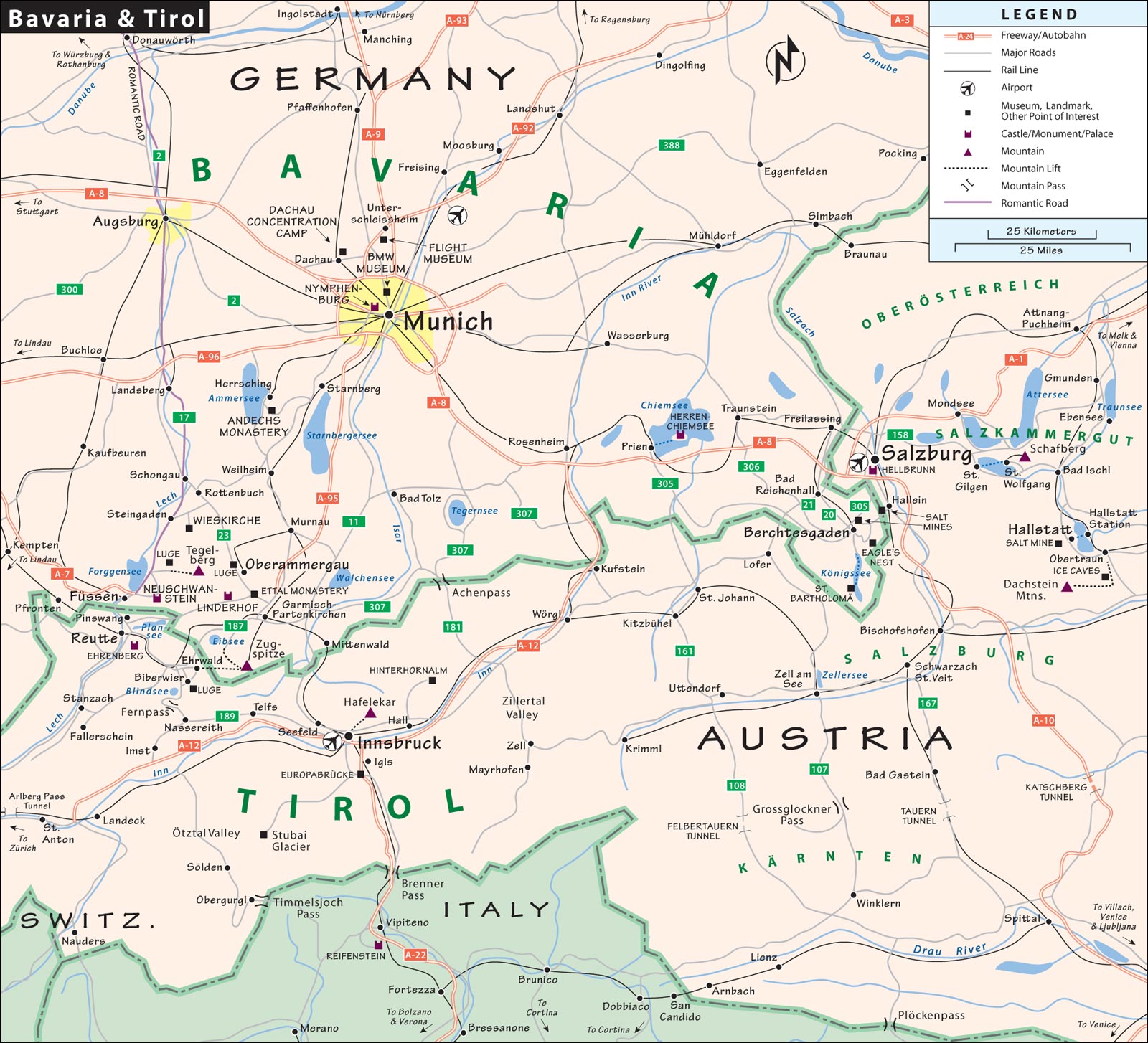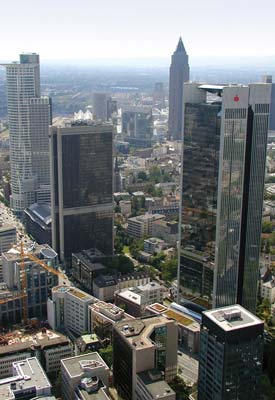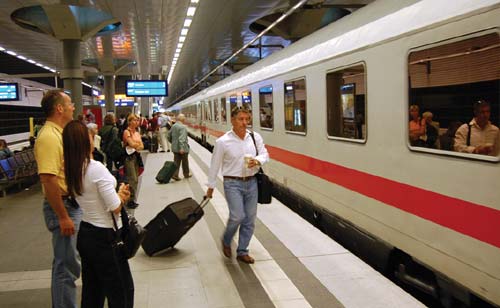Rick Steves
GERMANY 2015
Deutschland
Germany is blessed with some of Europes most high-powered sights. Theres spectacular scenerythe jagged Alps, flower-filled meadows, rolling hills of forests and farms, and rivers such as the raging Rhine and moseying Mosel. Germany has hundreds of castles, some ruined and mysterious; others stout, crenellated, and imposing; and still others right out of a Disney fairy tale. In this land of the Protestant Reformationand Catholic Counter-Reformationchurches and cathedrals are another forte. Austere Lutheran houses of worship tower silently next to exuberantly overripe Baroque churches dripping with curlicues.
Deutschland is energetic, efficient, and organized. Its Europes muscleman, both economically and wherever people line up (Germans have a reputation for pushing ahead). Its the European Unions most populous country and biggest economy, with a geographic diversity and cultural richness that draw millions of visitors every year.
Germanys dark side is recalled in eerie Nazi remnantsstern office buildings, thoughtfully presented documentation centers, haunting concentration campsand chilling reminders of the Cold War, embodied in a few quickly disappearing sites, such as the scant fragments of the notorious Berlin Wall. And of course there are the cultural clichs, kept alive more by tradition-loving Germans than by tourist demand. The country is dotted with idyllic half-timbered villages where you can enjoy strudel at the bakery or sip a stein of beer while men in lederhosen play oompah music. Peruse a wonderland of chocolates, stock up on Hummels and cuckoo clocks, and learn how to polka.

All of these traditions stand at sharp contrast with the real Germany of today. Despite its respect for the past, this truly is a 21st-century country. At the forefront of human progress, Germany is a world of high-tech trains, gleaming cities, social efficiency, and world-class museums celebrating many of historys greatest cultural achievements.
Modern Germany bustles. Its cities hold 75 percent of its people, and average earnings are among the highest in the world. Most workers get at least a month of paid vacation, and during the other 11 months, this land thats roughly the size of Montana creates a gross domestic product thats about 20 percent of the United States. Germany has risen from the ashes of World War II to become the worlds fifth-largest industrial power.
People all over the world enjoy the fruits of Germanys labor. Their cars are legendaryBMW, Mercedes-Benz, Volkswagen, Audi, and Porsche. We ride German elevators and trains (ThyssenKrupp and Siemens AG), take German medicines (Bayer), use German cosmetics (Nivea)...and eat German goodies (Haribos Gummi Bears).
Germany beats out all but two countries in the production of books, Nobel laureates, and professors. In the world of physics, theres Einsteins relativity theory, Plancks constant, and Heisenbergs uncertainty principle. German inventions range from Gutenbergs printing press to Zeppelins zeppelins to Rntgens X-rays to Daimlers and Benzs cars to Geigers counter. Musically, Germany dominated the scene for more than two centuriesBach, Beethoven, Brahms, Handel, Pachelbel, Wagner, and more. Germans have a reputation as profound analytical thinkers, sprouting philosophers such as Kant, Hegel, Nietzsche, Marx, and Engels.
). Intercity-Express (ICE) trains zip by at up to 200 miles per hour, linking major cities quickly and efficiently.
As a nation, Germany is less than 150 years old (born in 1871), quite young compared to most of its European neighbors. In medieval times, there were 300 countries in what is now Germany, each with its own weights, measures, coinage, king, and lottery. By 1850, the number had dropped to a still formidable 35 countries. Todays Germany is a federation of 16 states, each with its own cultural identity and customs.
Germany Almanac
Official Name: Bundesrepublik Deutschland, or simply Deutschland.
Population: Germanys 82 million people (more than three times the population of Texas) are largely of Teutonic extraction (about 90 percent), plus a small but significant minority (2.4 percent) of Turkish descent. A third of Germans are Catholic, and a third are Protestant. About 4 percent are Muslim; the rest are unaffiliated.
Latitude and Longitude: 51N and 9E. The latitude is similar to Alberta, Canada.
Area: At 138,000 square miles, Germany is about half the size of Texas. Its bordered by nine countries.
Geography: The terrain gradually risesfrom flat land in the north to the rugged Alps in the south, culminating in the 9,700-foot Zugspitze mountain. The climate is temperate.
Biggest Cities: The capital city of Berlin has 3.4 million people, followed by Hamburgs 1.8 million and Munichs 1.5 million.
Economy: With a GDP of $3.2 trillionsimilar to Americas Midwest states combinedGermany is Europes largest economy. Still, the GDP per capita is approximately $39,500, or about 25 percent less than Americas. Germanys strength is in technology and manufacturingexporting machinery and other high-quality items that developing countries (including China) want to buy. Its one of the worlds most advanced economies, producing steel, cars, chemicals, pharmaceuticals, consumer electronics, and more. Germany also has around 1,300 breweries (Bavaria boasts about half), but much of the production is consumed domestically. Germany trades almost equally with a half-dozen neighboring countries and the United States.

